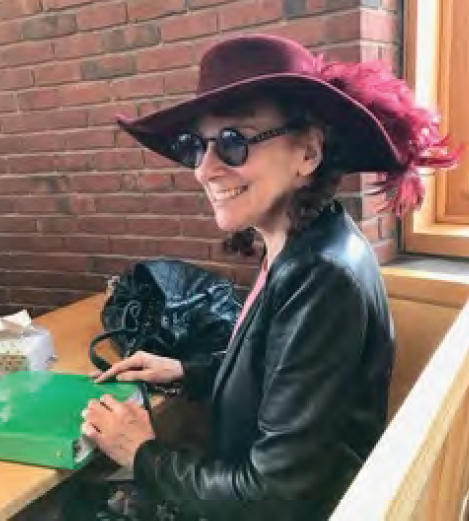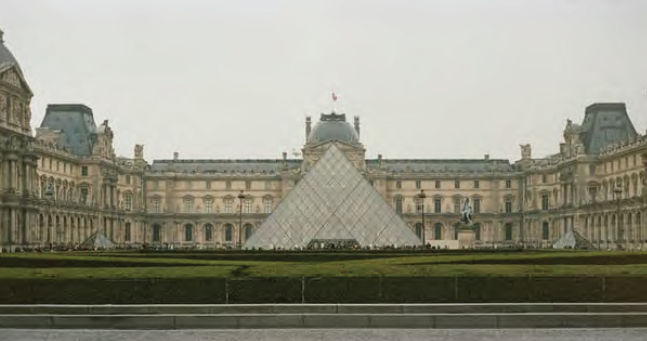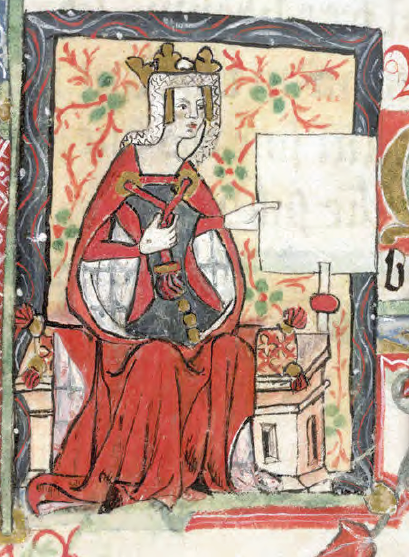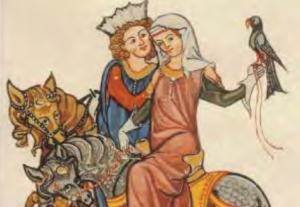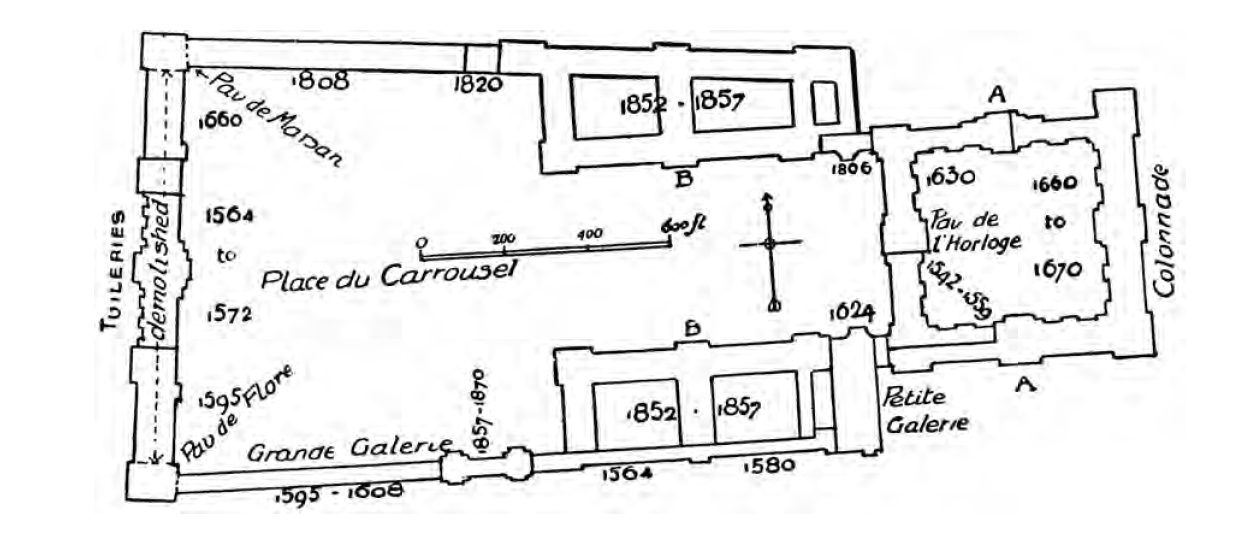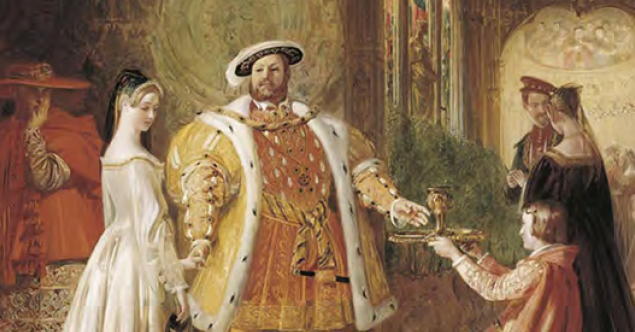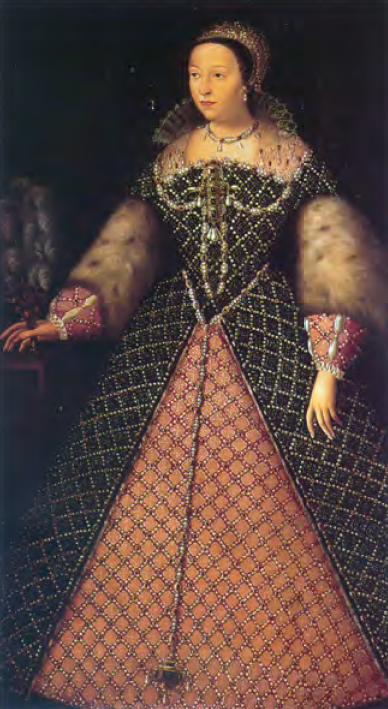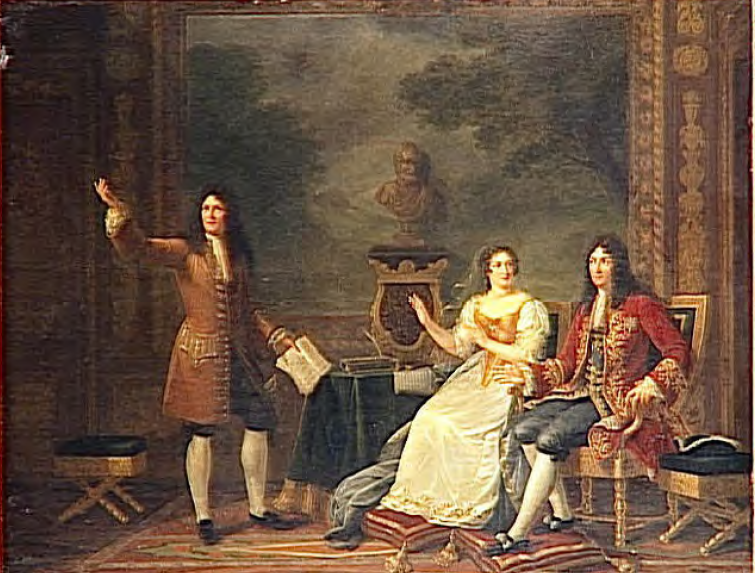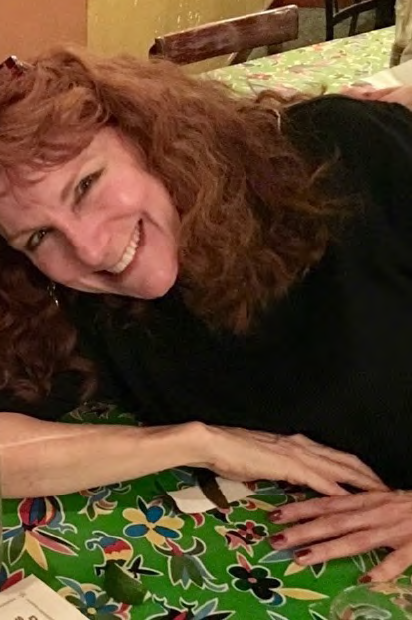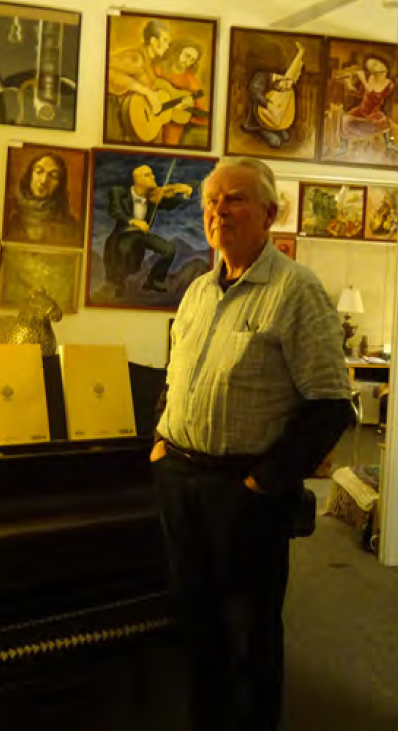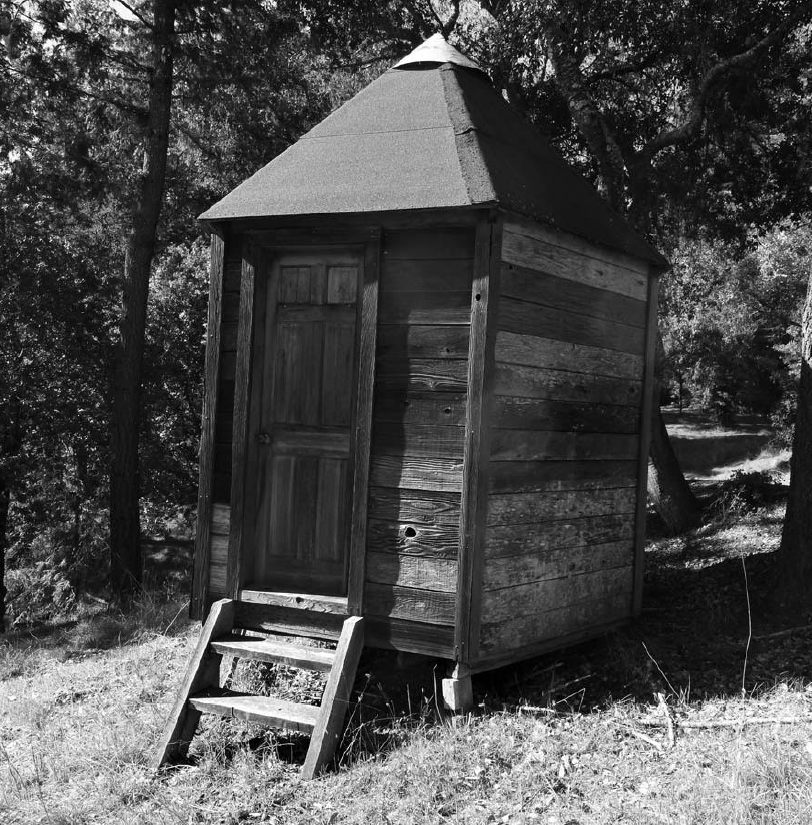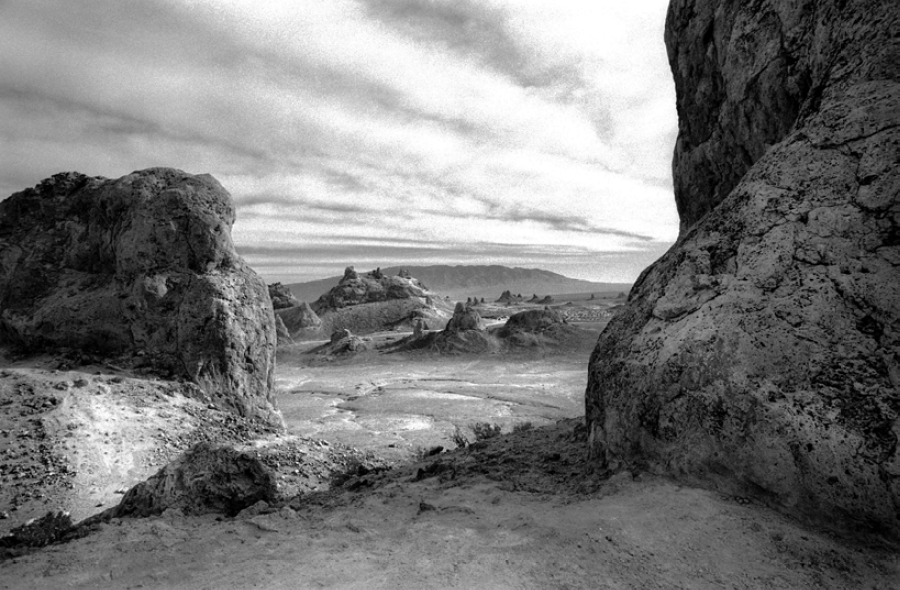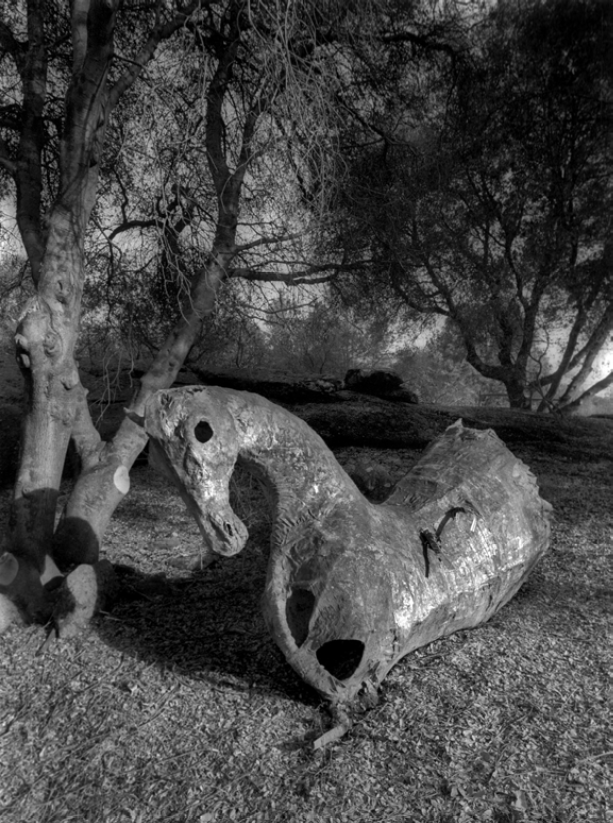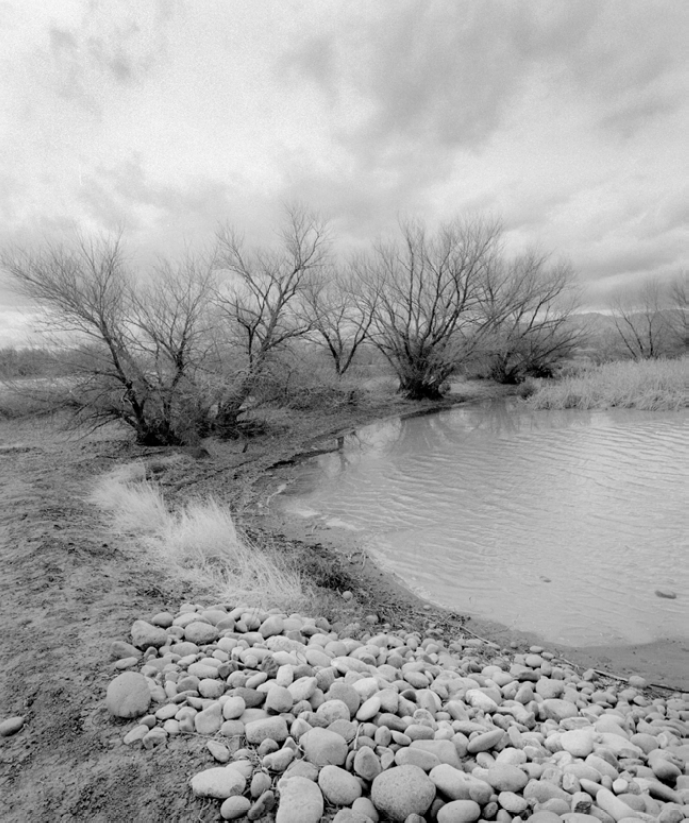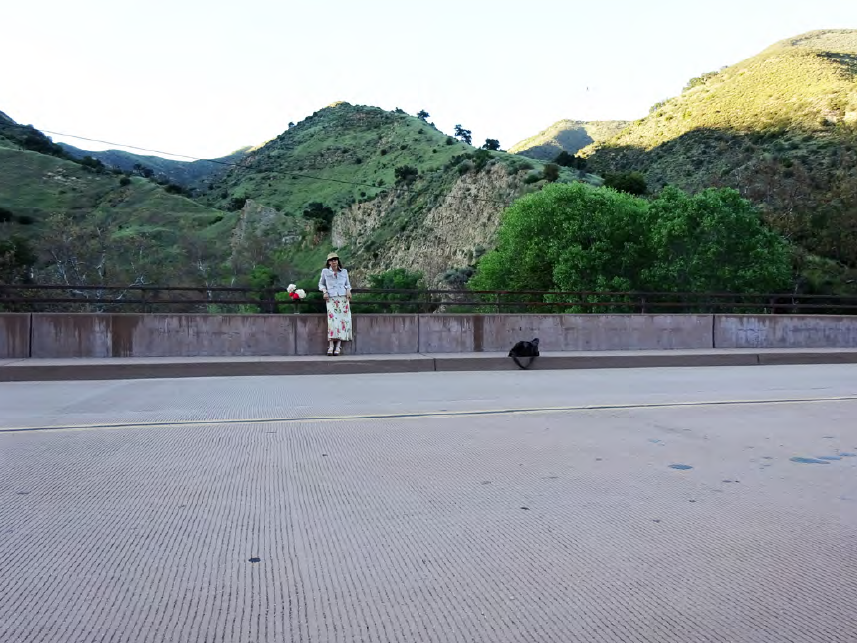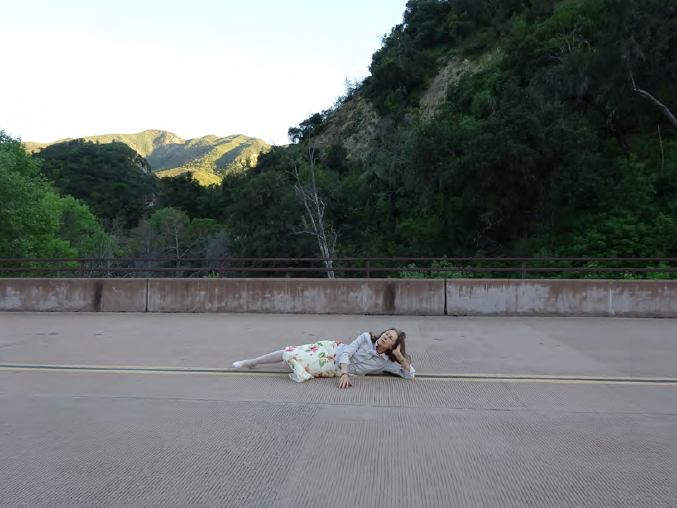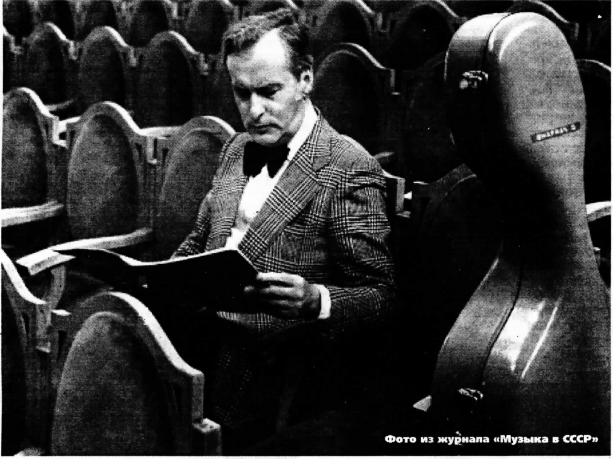The editors are grateful to Piotr Tarasov for providing the manuscripts of Anna Alekseeva’s poems for publication and for his vigilant concern for the fate of her poetic legacy.
The appearance of a new name in literature is always an event. What makes this event even more significant is when a new name comes to us from an era seemingly long studied and thoroughly trodden, this way and that.
The short life of Anna Nikolaevna Alekseeva was enough to cover two revolutions and two Great Wars, not counting the other wars and other large-scale events that her native country so generously supplied. Starting to write poetry at the age of twelve, Anna captures in it the biography of the country and her beloved city (up to the end of the Blockade of Leningrad) no less than her own. Her poems breathe their time. But besides that, her lyric verse represents a conscientious diary of personal growth and destiny, a chronicle of a soul living in isolation, leading an outwardly quiet, artless existence.
Anna Alekseeva did not become part of the poetic clan of her time, despite her involvement in it: she attended the seminar of Nikolai Gumilyov, knew Kharms and Vvedensky, and the poet Vladimir Alekseev became her husband.
Anna well understood the value of her poetic vocation, which she never betrayed and never thought she was betraying in moving away from a shared poetic stage and taking on the burden of a prosaic fate filled with ordinary worries — although at times she grieved about alienation from her muse.
A huge, overwhelming part of Anna Alekseeva’s poems remained unknown, even to those who were closest to her. The majority of her manuscripts were discovered quite recently. And today we invite our readers to feel themselves among the chosen ones — a resurrected voice’s first witnesses, the addressees and recipients of a soul’s and era’s unique document.
[Poetry translations forthcoming.]

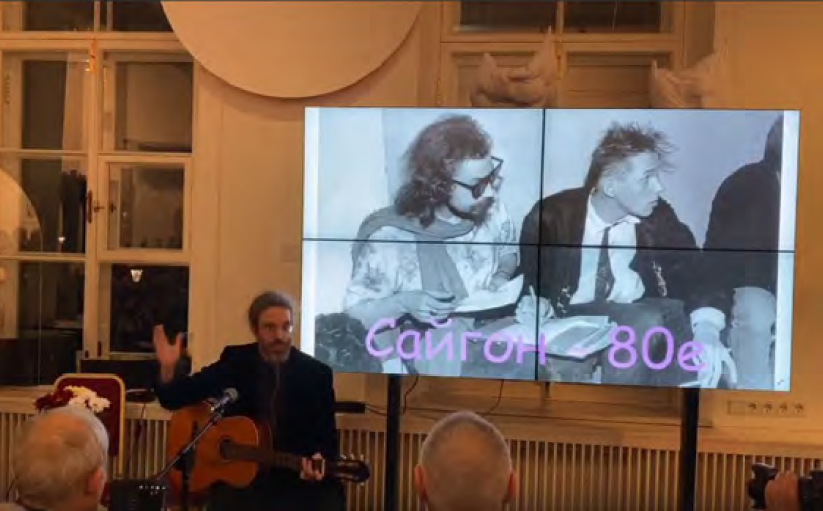
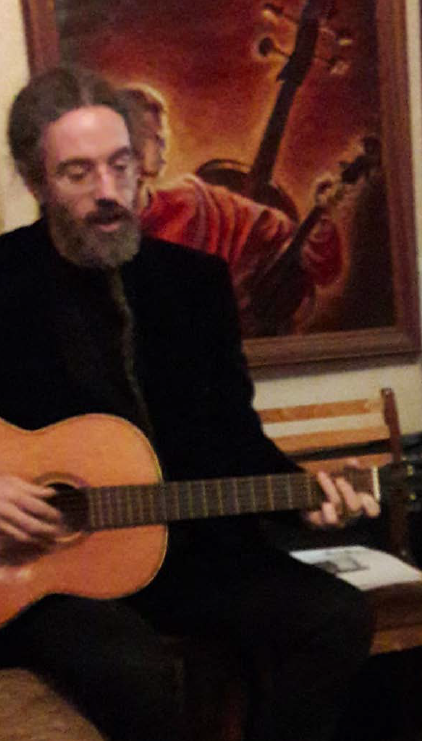
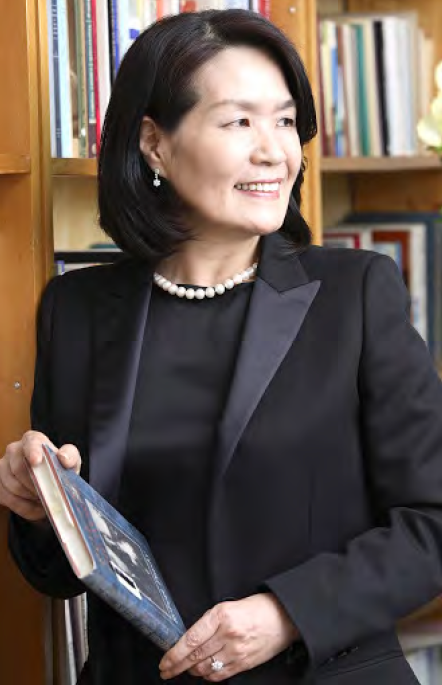 KOOSEUL KIM lives in Seoul, South Korea. An acclaimed poet and a Professor Emeritus of English literature, she has received major literary prizes for her work, including for the collection Lost Alleys. In 2020, Mundus Artium Press published the poet’s own English-language rendering of
KOOSEUL KIM lives in Seoul, South Korea. An acclaimed poet and a Professor Emeritus of English literature, she has received major literary prizes for her work, including for the collection Lost Alleys. In 2020, Mundus Artium Press published the poet’s own English-language rendering of 